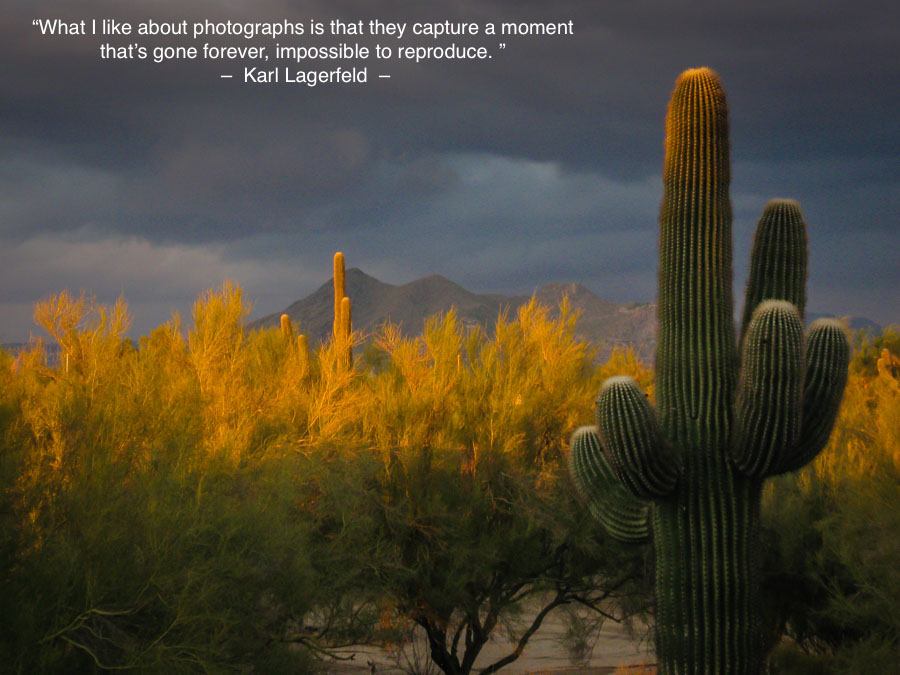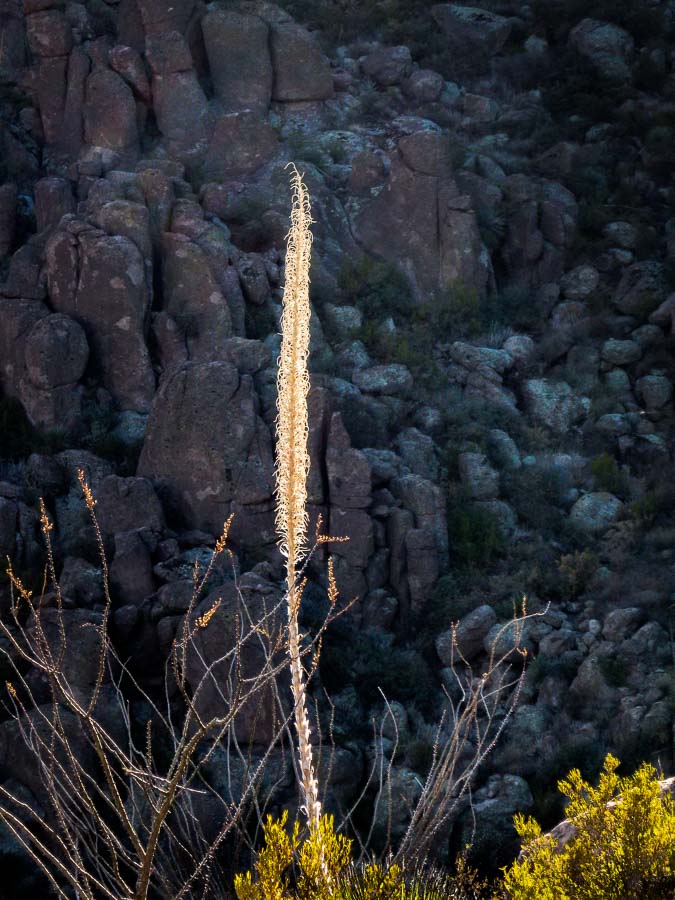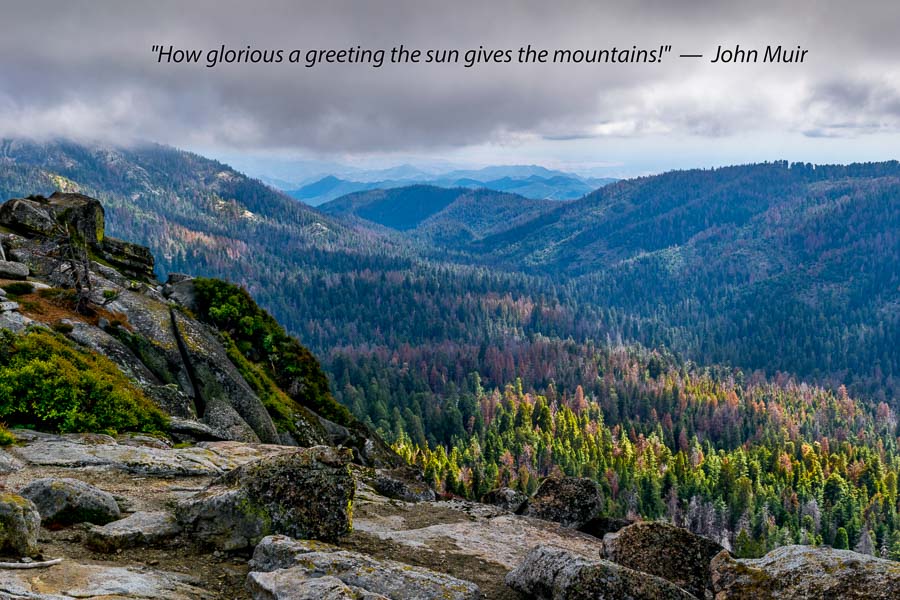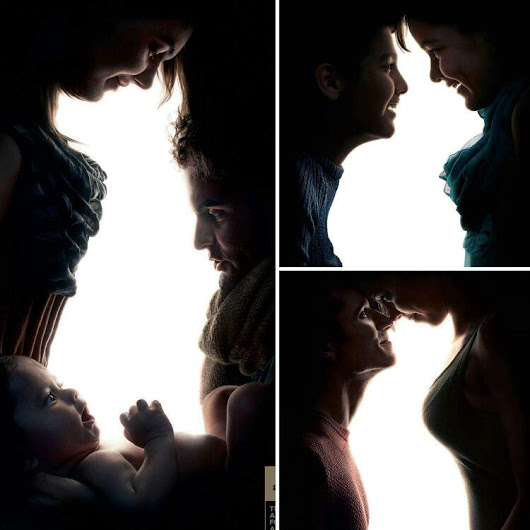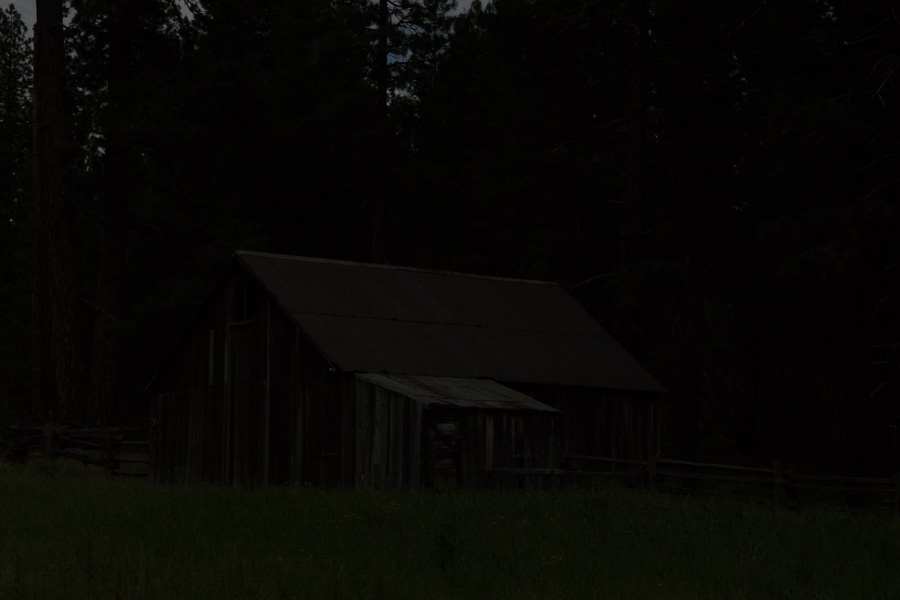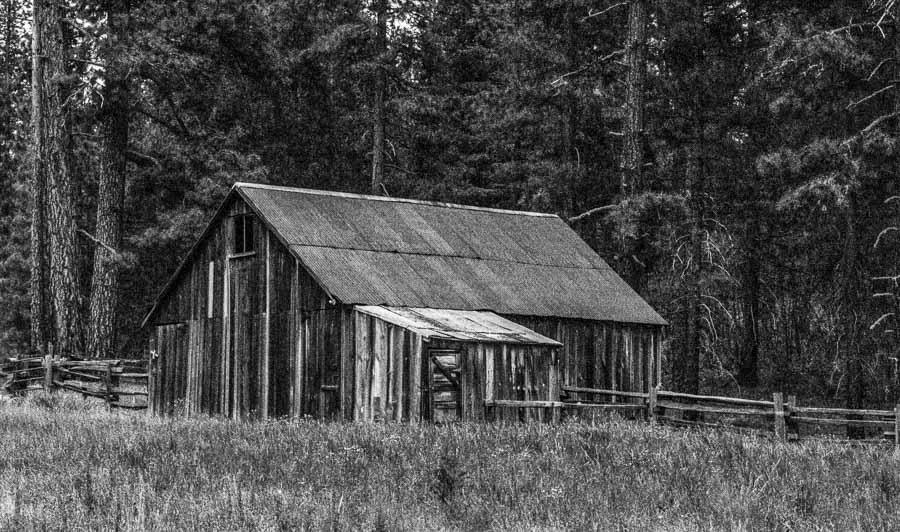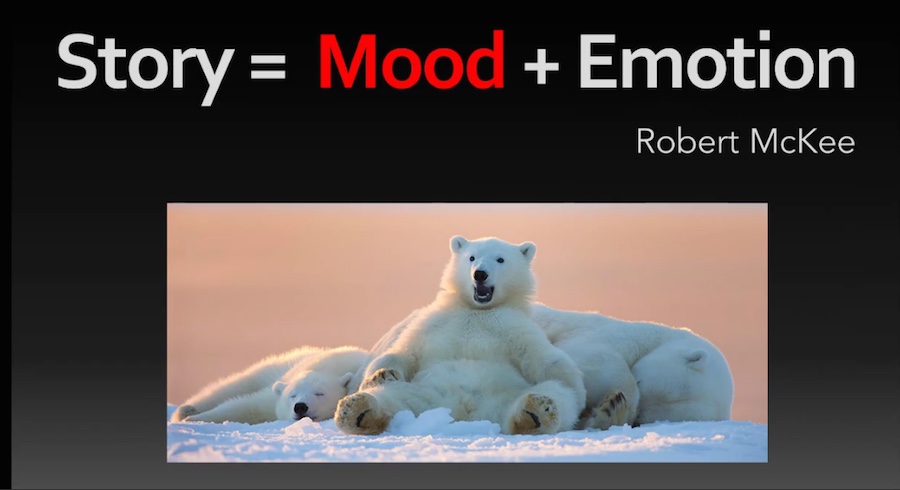Introduction
We were recently visiting Sequoia & Kings Canyon National Parks on one of our bi-yearly hiking vacations where we take to America’s beautiful national parks and spend a week or so hiking up and down mountains and admiring as many beautiful and natural areas as possible during the time we have set aside.
As stated on this blog before, I am an occasional bird watcher. For those who are just chiming in, I enjoy locating and identifying birds especially when I am in a new area. Here’s my problem…I am not a very well educated birder. I am a rank novice, but I don’t let that discourage me.
How I Bird
Here is my approach. A couple of years ago, I purchased a bridge camera with a long zoom lens. It has the equivalent of a 24-1200mm lens on a 35mm camera. That is a long zoom and it allows me to photograph birds at quite a distance. Truth must be told here…I can’t say this is a great camera. It is a good camera and certainly good enough for me. When I chose the Canon SX50 HS, it was a “cost-benefit” decision. In other words, it was a camera that had what I wanted at a price I thought was reasonable and I was willing to compromise a bit on picture quality.
That being said, it has done most of what I asked of it. The one thing I now know that I didn’t know before is that it has a relatively slow autofocus and doesn’t always select the object of my photographic desire. Even the best cameras, costing ten times more than my selection, have misfires as well.
OK, so let’s get to the meat of this post. I have my bridge camera and we are hiking through Zumwalt Meadow near Road’s End, Kings Canyon. BTW when they say Road’s End, they mean it. That is where the road ends!
The meadow was beautiful. We had some concern that parts of the Zumwalt Meadow trail would be under water, but we got lucky and the water at receded enough that we could complete the loop.
During our walk, shortly after we crossed the boardwalk portion, I saw a quick moving bird a distance away. Surprisingly, it looked like a shore bird that I would see on the coastline. What was it doing here?
I quickly got my SX50 HS ready and began to focus on the moving subject. I fired away and, at the time, I knew I was missing some of the shots because the focus was “hunting” for the bird, but I also knew it was getting some pictures of the bird.
Lucky for me, I was able to capture three photos that, added together, enabled me to identify the avian mystery.
WARNINING *** These photos are not of great quality. They are what I call “good enough.” I generally take time to compose and double check focus, etc., but with moving birds it is a bit difficult.
The Evidence
Here is the worst picture of them all.
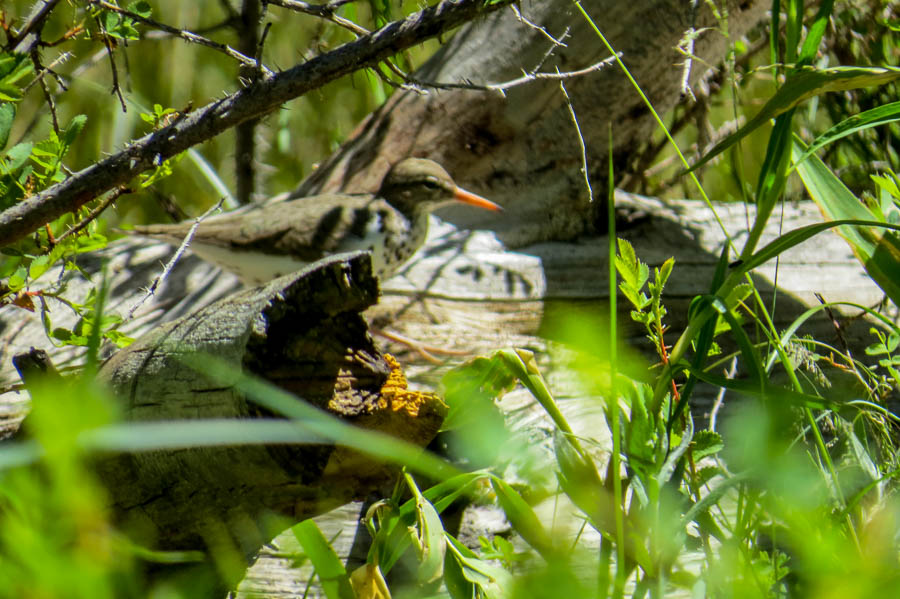
Spotted Sandpiper moving across a fallen log
As you will note from the photograph, there is a lot of debris between me and the bird. Now remember the camera is zoomed in so it is difficult to keep the bird in the viewfinder. If you ever tried to follow a bird or even find a stationary bird using a binocular, I think you will understand the problem.
The camera had a hard time deciding what was the area of focus. It appears the camera locked on the branch or broken part of the log as the main subject. I really can’t find fault with that. The bird was scurrying so there was no way for me to change the focus options at that point. This is a small version of the photo so it may look sharp to you, but the bird is not in focus.
My main goal in this situation is to get the pictures of the bird and worry about the details later. It doesn’t always work, but more often than not I have success (check out Photography – When is good enough, good enough? A bird story).
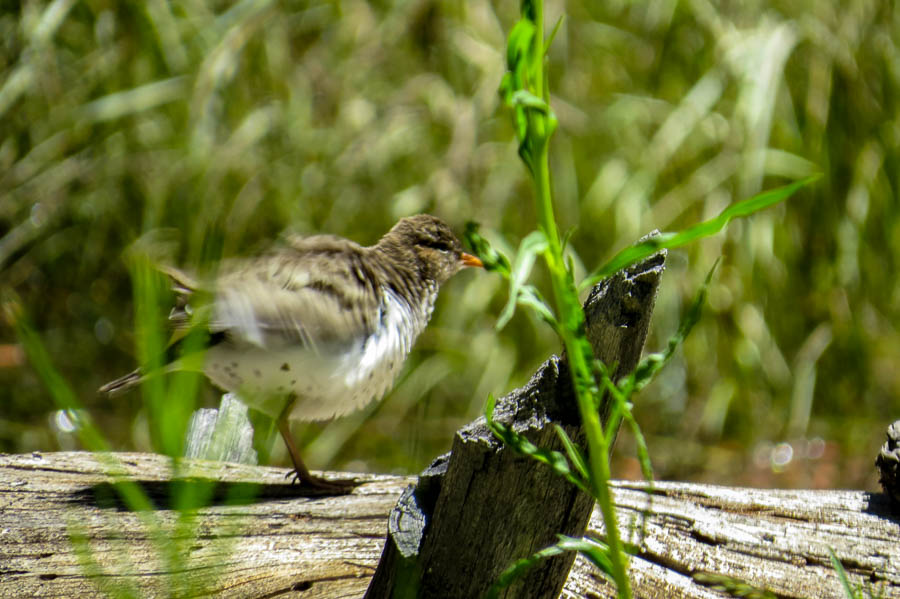
A photo of the Spotted Sandpiper just as it started to move its wings
The photo above is a bit better because more if it is in focus and the movement of the wings still leaves the head relatively clear.

This was the last photo I took in the sequence before the bird was totally hidden by the nearby foliage
This is perhaps the sharpest overall photograph I was able to capture of this particular bird. It is a shame that the sandpiper was slightly out of frame and the beak is only partially visible, but that’s the way it goes sometimes!
Please understand…I am not blaming the camera. I am not as skilled in using this equipment as I should be, but I do the best I can. That being said, when I added all three pictures together, I have a good idea of what this bird looks like.
Solving the Mystery
My modus operandi is to review my photos when I get home and then gather my bird identification books and a good piece of birding software – iBird Ultimate – to identify the mystery bird.
Let me say one thing about iBird Ultimate. This is a great program for someone like me. One of the major benefits is that the user can enter a geographic location in the United States and it will show which birds may be visiting at that time of the year. This helps to narrow the search.
Additionally, if you find a bird that looks like the potential subject, there are usually several additional photos to view which enables users to see a variety of views and variations for that particular bird.
Once I queued up my resources, I was easily able to determine this bird was a Spotted sandpiper. The last thing I do, which is much fun, is I take out my ABA North America birding list and mark off the bird as “seen.” Now I have one less bird to worry about although I will continue to seek a better photograph if the opportunity presents itself.
Read more about the Spotted Sandpiper HERE.
**********
All content on this blog is copyrighted by Jeffrey B. Ross with ALL Rights Reserved. While reference links back to JBRish.com are appreciated and encouraged, please acquire approval for any reproduction of original content from this website.
©Jeffrey B. Ross
